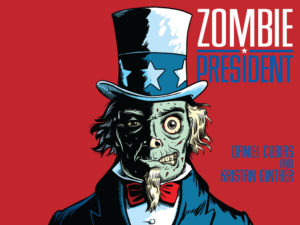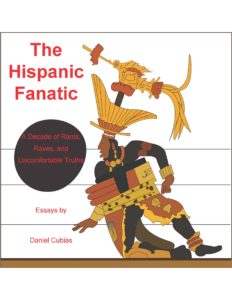When my wife and I relocated to the West Coast, the moving company that we hired sent a middle-aged white man to perform the estimate and sell us on his organization. He wore a tie and laughed a lot, even when nothing was particularly funny.
The actual movers were four Latinos. They did not wear ties.
The chief of the crew spoke perfect English, but his three assistants communicated with each other in a dialect so thick (deep Central America is my guess) that I barely recognized it as Spanish.
Although they had the far more important (and substantially more grueling, miserable, and labor-intensive) job, their take-home pay could not have approached that of the laughing man in the tie, despite our cash tip and the Coke Zeroes that we supplied to them.
At one point, they carried boxes piled high, Sherpa style, with the weight pressing on their spines. They seemed embarrassed to ask for water, and went about their jobs with a focus that I’ve rarely witnessed in the white-collar world.

Now, I certainly don’t want to get into the whole plight-of-the-proletariat aesthetic. Nor do I want to glamorize their hardscrabble existence in some kind of Steinbeckian ode to the nobility of the working class. For all I know, they’re assholes.
In truth, as movers, they kind of sucked. They were hours late both picking up our stuff and dropping it off at our new place. I can only presume that they are afflicted with Hispanic time (that’s the subject of a whole other post).
More disturbing, there was enough damage to our stuff that we had to file a claim for reimbursement. The scratches, dents, and outright destruction that they wrought upon our possessions were, I believe, direct consequences of the Latino work ethic (I’ll explain what I mean by that in yet another post later).
In any case, my original point is that in an ideal society, these exhausting and humbling jobs would be performed by teenagers of all social classes – kids who are at the height of their physical powers and can arguably be said to be “building character” (although I despise that term). Such jobs would not be done by tired guys just trying to eke by, with little hope of ever going further in life. These men are not going to take anything away from the experience except muscle aches.
Will their children follow in their footsteps and sign on for a lifetime of backbreaking manual labor? Or will they take advantage of their parents’ decision to come to America, and someday be the ones to sit back, negotiate with customers, and laugh and laugh?











